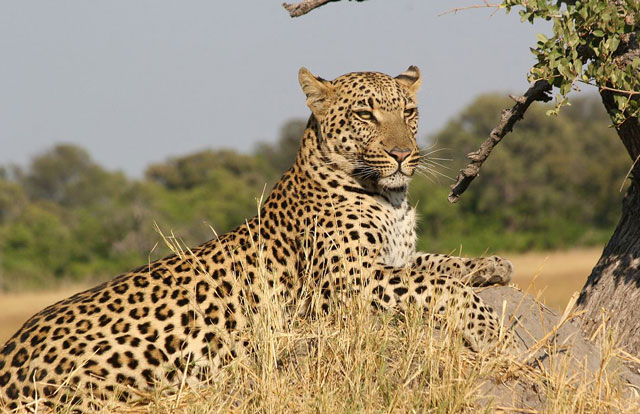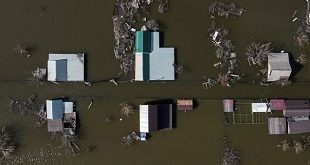
Paris, France | AFP | It’s not quite E=mc2, but scientists unveiled Monday a simple, powerful formula that explains why some animals run, fly and swim faster than all others.
Call it the “speed rule”: strength alone does not determine top velocity because land mammals, birds and fish can only accelerate for as long as they can draw from available energy stored in muscle tissue.
An intermediate body size — think cheetah, falcon or marlin — is optimal for hitting that sweet spot between brawn and energy burst, the researchers discovered.
Too small, and there’s not enough musculature; too big, and there’s too much mass.
Knowing only an animal’s weight and the medium it moves in — water, air or across land — is enough to calculate its maximum speed with 90 percent accuracy, they found.
The axiom even works retroactively for dinosaurs, they reported in the journal Nature Ecology & Evolution.
“Scientists have long struggled with the fact that the largest animals are not the fastest,” said lead author Myriam Hirt, a biologist at the German Centre for Integrative Biodiversity Research in Leipzig.
If muscles were all that mattered “elephants would reach maximum speeds of about 600 kph (370 mph),” she told AFP.
Instead, tuskers peak at about 34 kph (21 mph).
Big beasts, in other words, run out of so-called anaerobic energy, supplied by the muscles, before being able to reach their theoretically maximum speed.
Among birds, falcons and hawks are the fleetest, clocking speeds well in excess of 140 kph (87 mph). Nearly as fast, the rock dove, wandering albatross and Ascension frigate could fly in their slipstream.
Cheetahs hold the land record, comfortably topping 100 kph (62 mph).
Not coincidentally, one of the their preferred prey — the springbok — can run almost as fast, along with other antelope, such as the blackbuck, historically hunted by big cats.
 The Independent Uganda: You get the Truth we Pay the Price
The Independent Uganda: You get the Truth we Pay the Price


